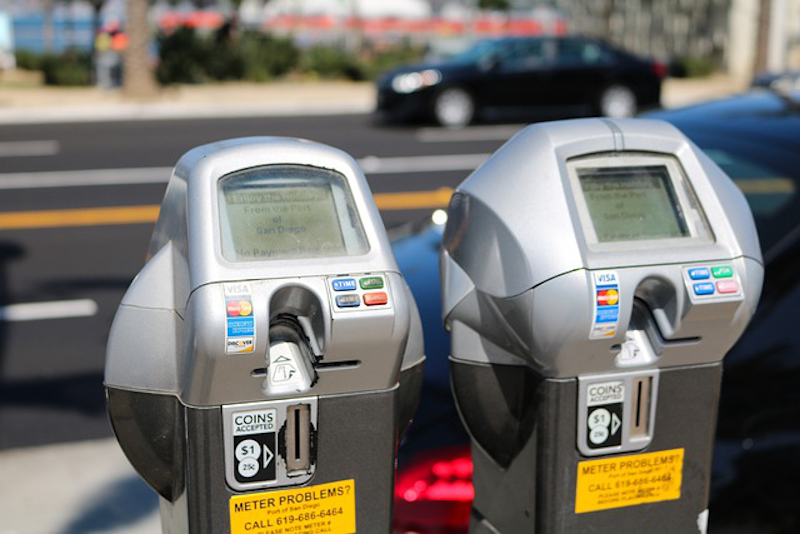Smart Contracts that “surround” your data with a controllable privacy layer can also track requests. With tracking, you know what information is requested and who is requesting the information. The Smart Contract that controls this interaction could ask for a modest fee from the user to cover publishing costs.

Here is how a fee-required request works. First, a data owner installs a Smart Contract to control publishing. Next, the data owner publishes information on the blockchain and the public is notified. After publication, interested parties can use the notification information to request information through the data owner’s Smart Contact. The data owner’s Smart Contract requires an electronic payment from the user’s wallet to the data owner’s wallet. An alternative Smart Contract design could keep a running total for billing through conventional systems.
One problem with this model is that users will not use your information if it is available from other sources for free. The music industry had a similar problem with file-sharing services bypassing the CD market in the early 2000s. The public accepted a new cost model that was fair to the artists and publishers in exchange for electronic access. Social media giants are starting to feel similar pressure. User-generated content like messages, photos and videos require microcharges which are not practical to manage in today’s system.
Another problem with the fee model is setting fair access fees. If fees are too high, users will not engage. We can look at blockchain fees for the finance industry for insights. Loading a Smart Contract and initializing it on the Provenance blockchain can cost 1/100 of a cent, and transactions cost 3/1000 of a cent. Dollar translations are estimates because fees are cryptocurrency but the exercise helps define the amount of money we are discussing. Another consideration is that the users are known and vetted. Publishing a Smart Contract is about 30 times more expensive than executing transactions.
A cost recovery model for publishing real estate listings on the blockchain requires access fee revenue that covers operating expenses. The “average number of accesses for a listing” assumption is key to this model and is an area that needs more study. I ran a model that estimates the number of accesses to a listing, from all parties, which is around 79. This includes professional, third parties and public views. Determining this number is complicated by the needs of large aggregators who keep copies of the listings (to facilitate their high-speed, customer-facing websites) and only need additional access when changes occur.
Publication costs on publically-accessible blockchains vary between 1/10 of a cent (Flow) and $20 (Ethereum). Ethereum and other ETH-based blockchains do not support the privacy and tracking capabilities of other, newer blockchains. This reduces the range by knocking out the high-cost options (also, the $20 model is not ideal).
Non-Dues Revenue from data usage can be used to cover the expense of running your distribution network including the direct operating costs associated with blockchain integration. I borrowed a term from the energy section to capture this thought: the Net-Zero Blockchain Model.

Leave a Reply